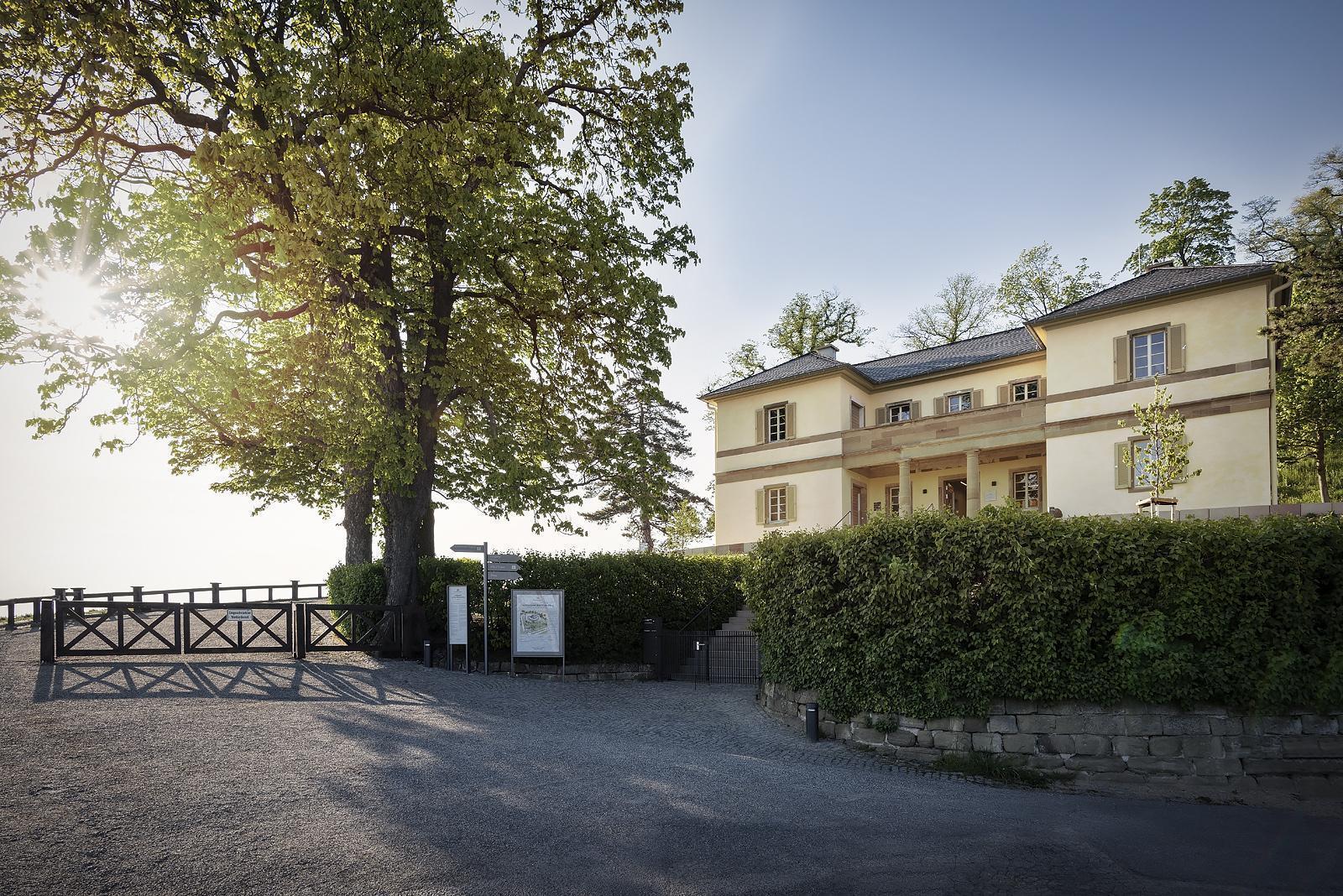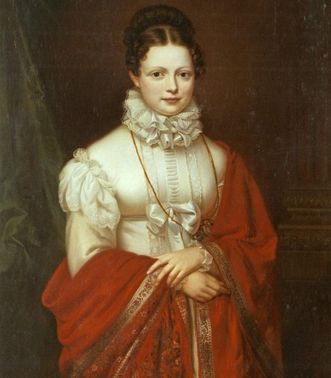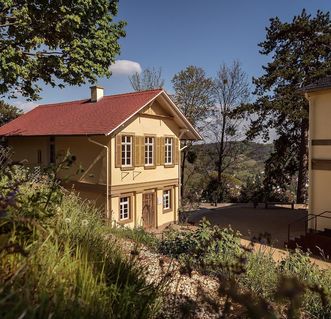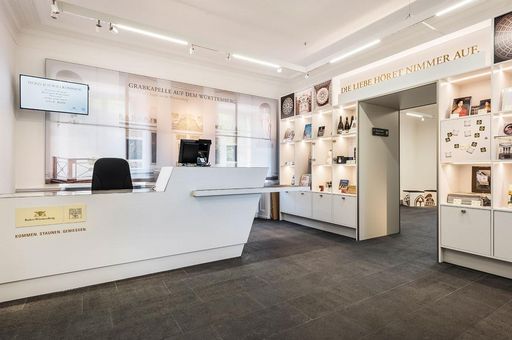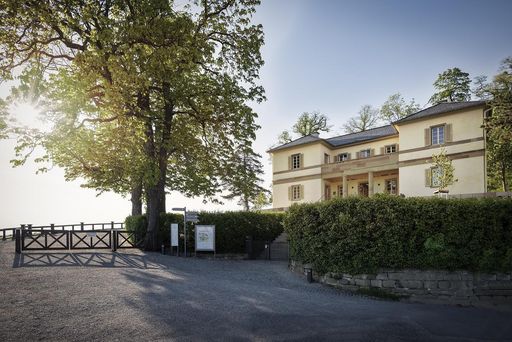PRAYING FOR SALVATION
The Russian Orthodox cleric and the two liturgical singers were engaged by King Wilhelm I to pray and sing at the chapel daily. The liturgies were able to get through to the tomb of Katharina von Württemberg, who died in 1819, through a grate in the chapel floor. According to the queen's Orthodox faith, the ruling between everlasting salvation and perpetual torment is not made until Judgment Day. The divine prayers and song were intended to accompany Katharina's soul until that time.



